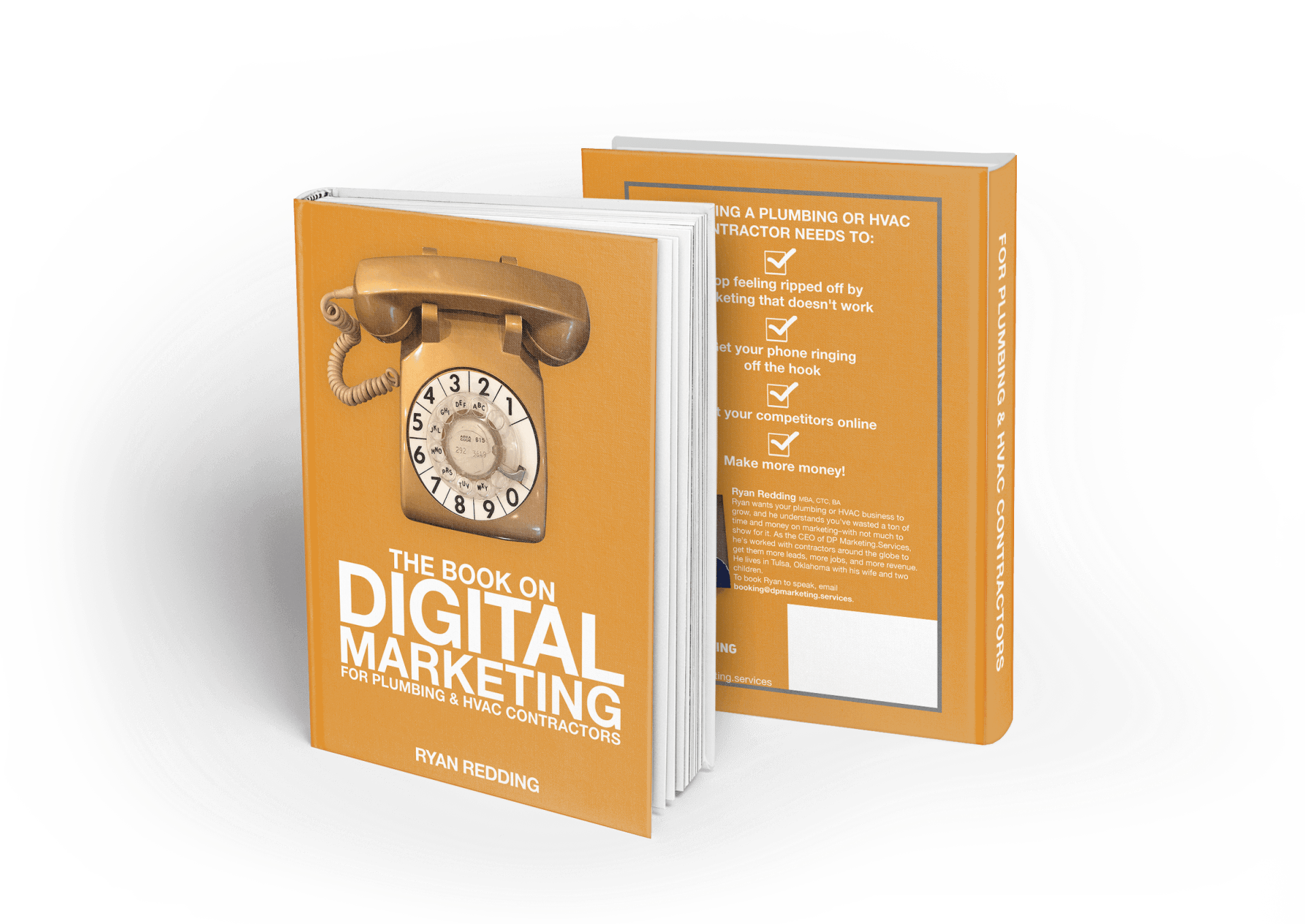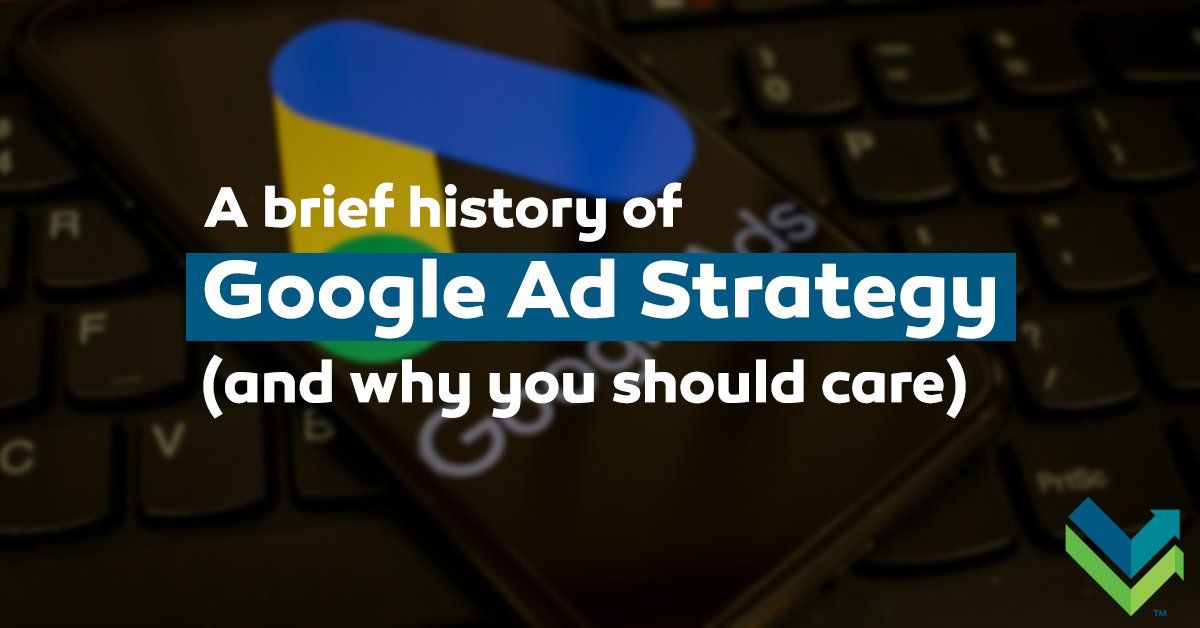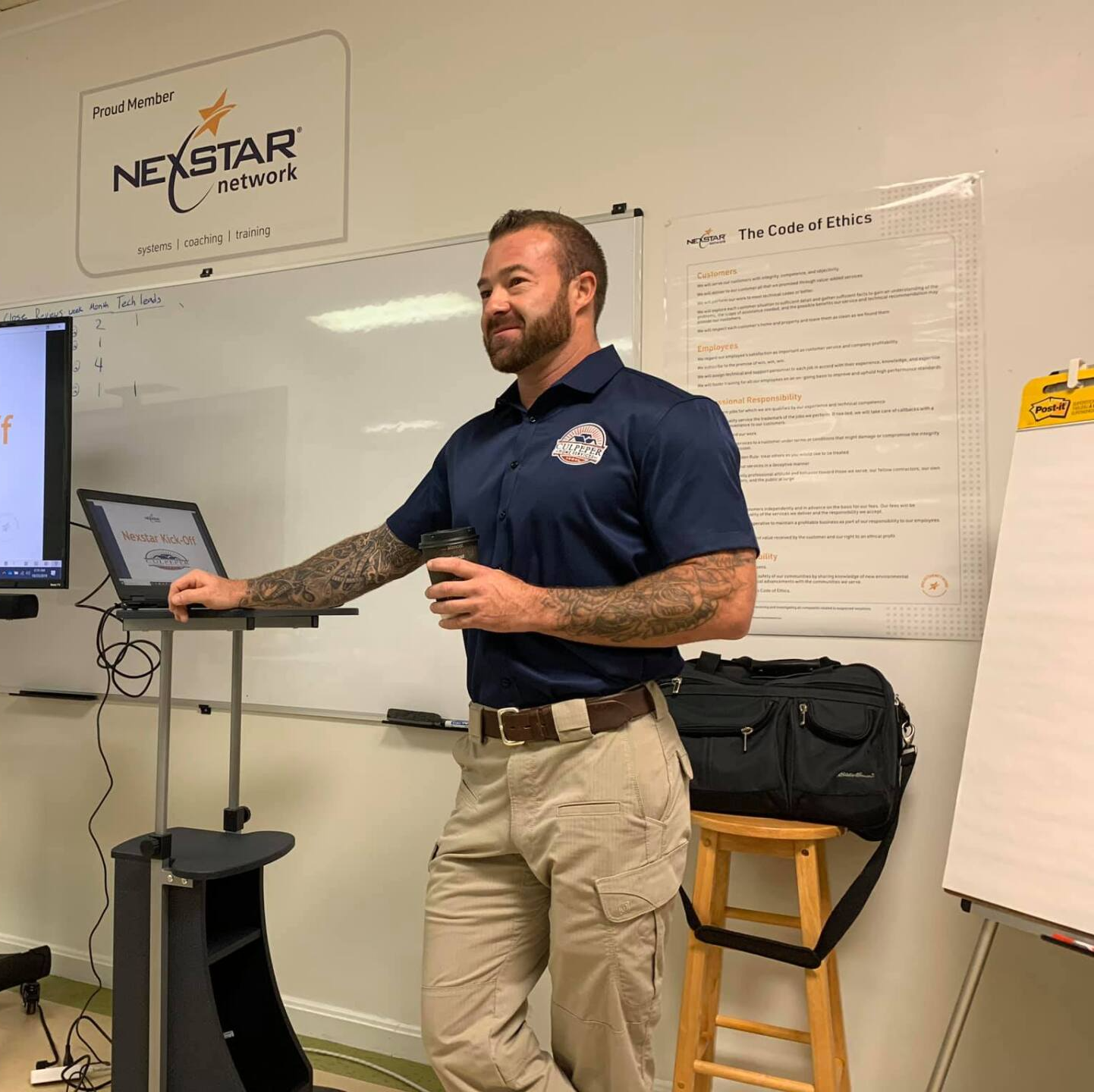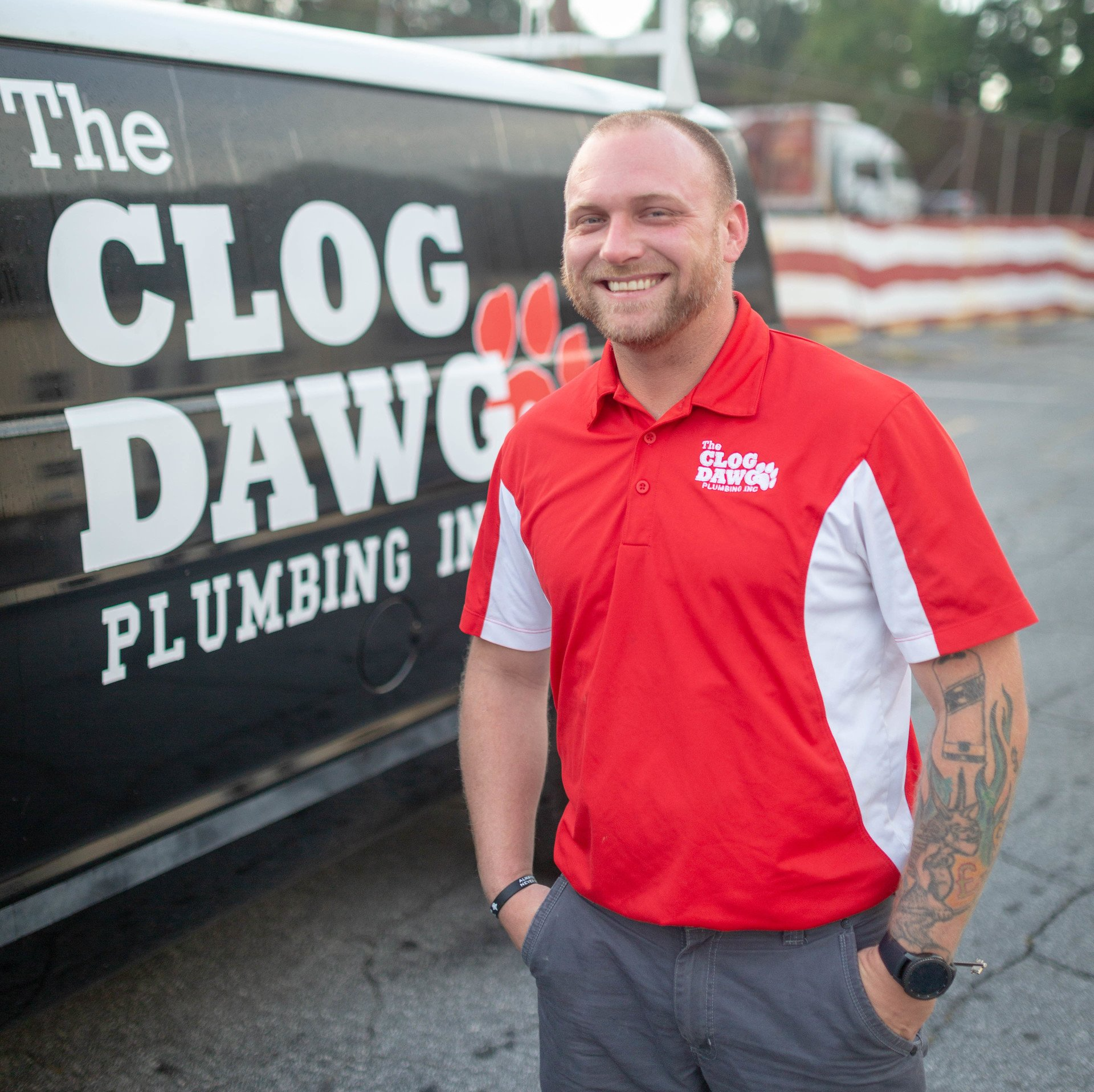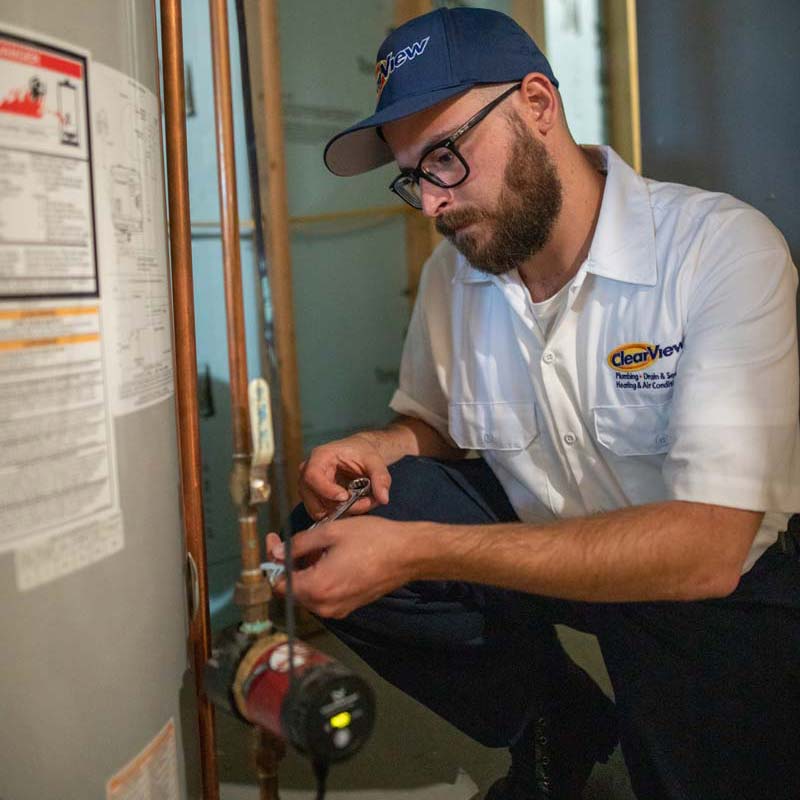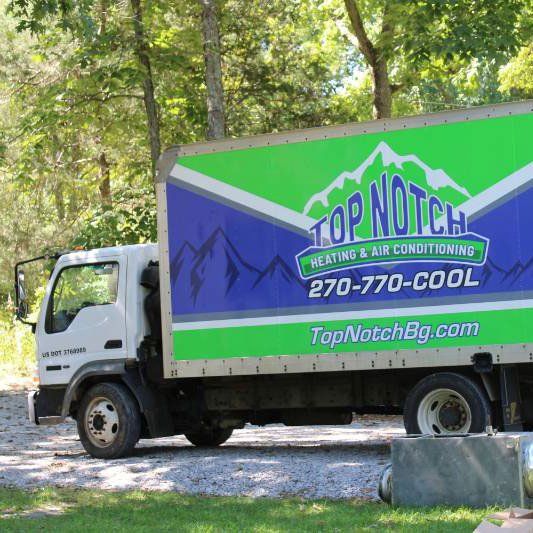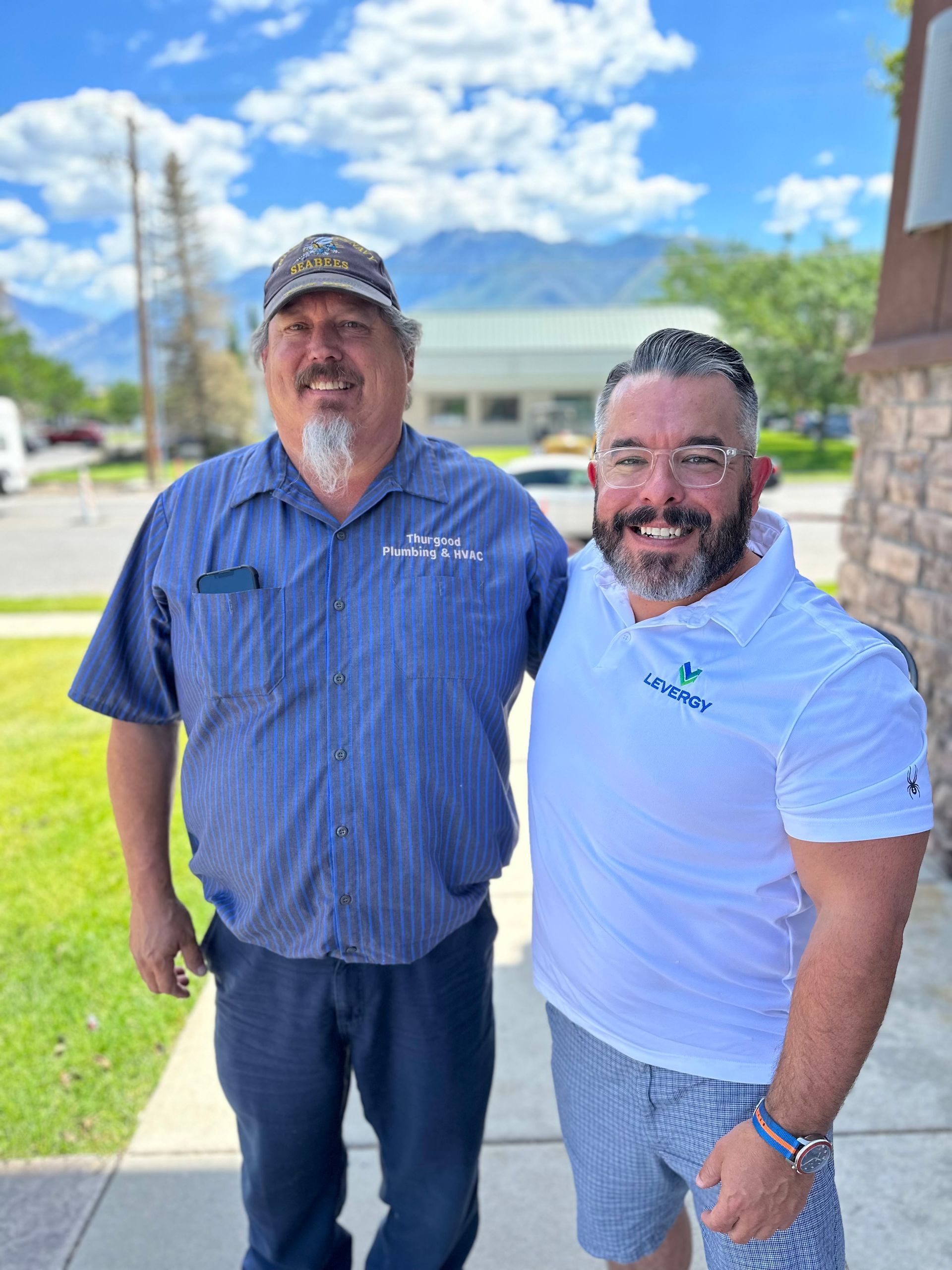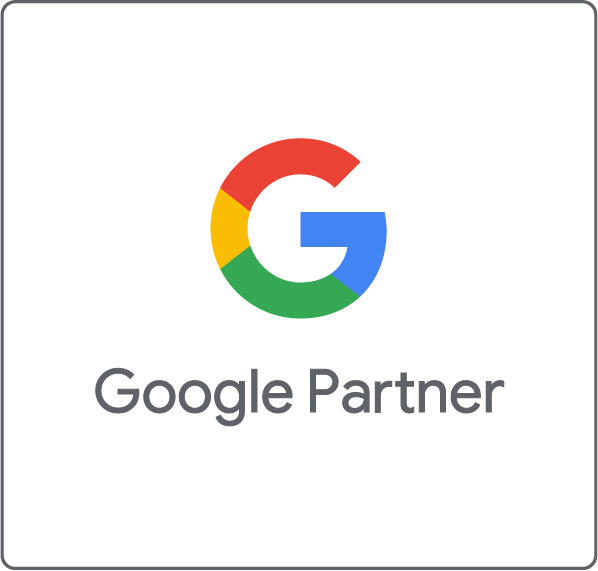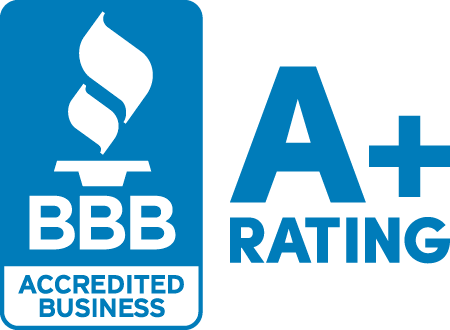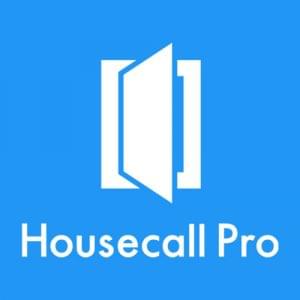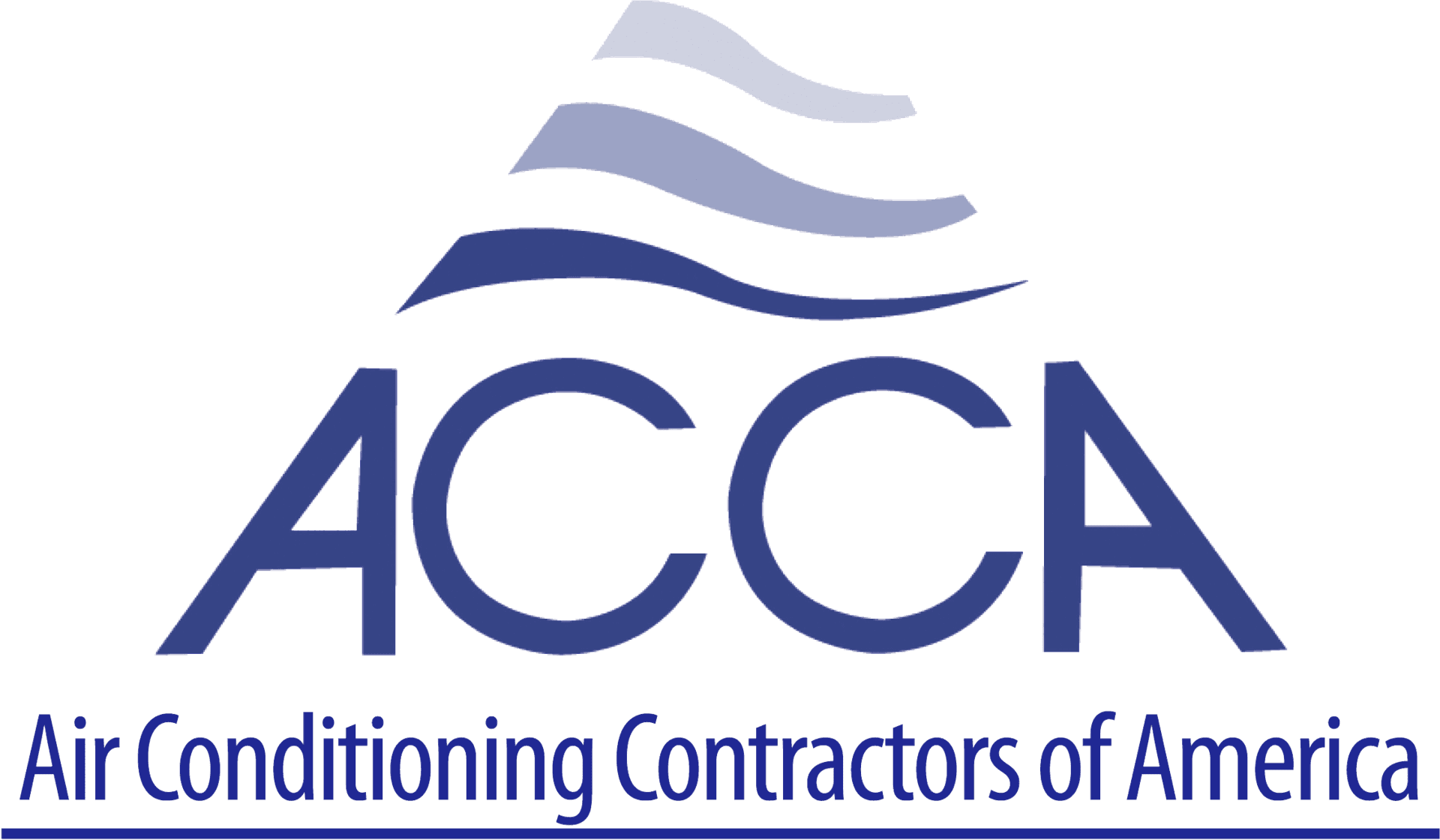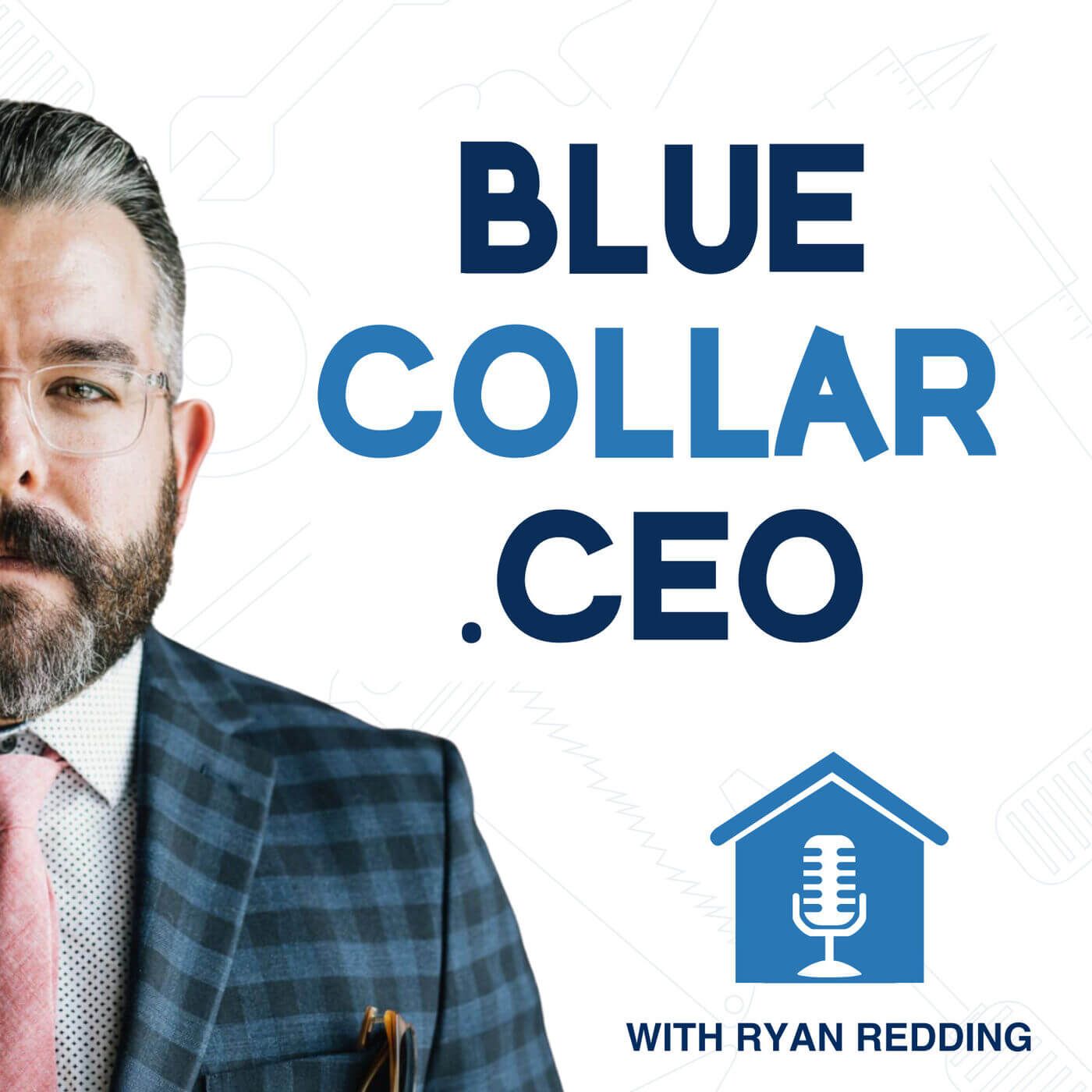A Brief History of Google Ad Strategy (and why you should care)
The year is 1995. Stanford students Larry Page and Sergey Brin—who reportedly described one another as “obnoxious” when they first met—develop a program, from their dorm rooms, to determine the relative importance of web pages. Given that the guys dubbed their new search engine Backrub, I’d like to they think had no earthly idea what they’d hit on. Regardless, it didn’t take long for Silicon Valley to take notice. Only three years later, an investor bought in for $100K, Backrub rebranded as Google, Inc., and an empire was born.
It’s not just that Google is now used as a verb: “Google it.” It’s not just that an adorable Italian grandmother has renamed it “Goo Goo.” It’s not just that it's the most visited website in both the U.S. and around the world. And it’s not just that 3.5 billion searches occur on the platform every day.
No, what makes Google an empire is the monetization.
In 2000, Google launched the world’s first self-service online advertising product: AdWords. With only 350 original businesses participating, the search giant’s first year of ad revenue barely registered. It earned a mere $70 million that year. (I know that sounds like a lot of money, but just wait.)
Of course, Google’s ad revenue has increased steadily since, exceeding $116 billion last year. Given that Google Search Network’s average cost per click is south of $2, it’s clear there are way more than 350 businesses buying ads these days. In fact, in 2017 nearly 7 out of 10 businesses bought pay-per-click (CPC or PPC) ads.
Clearly, Google AdWords was a successful product. But defying the conventional if-it-ain’t-broke logic, Google made a surprising announcement in 2018: they were rebranding Google AdWords as Google Ads. Why? We’ll get to that. But first we have approximately 20 years of history to cover.
Google Advertising Over the Years
There’s quite a lot of history between the 2000 and 2019 versions of Google’s advertising platform. Just for fun, let’s put on our nerd glasses, insert our pocket protectors, and geek out a bit.
Google AdWords from Launch to 2003
In 2002, Google went after a competitor, CPC-driven Overture (later absorbed by Yahoo). In its announcement of their own CPC program, AdWords Select, Google also upended the highest-rank-to-the-highest-bidder formula in favor of relevance: “Select ranking is determined by a combination of ad performance (click-thru rate) and how much an advertiser agrees to pay per click. This advertisement ranking method ensures that users see the most relevant ads first.”
A year later, Google announced AdSense, a program inviting website owners to “serve ads precisely targeted to the specific content of their individual web pages.” The Content Network dramatically expanded advertisers’ access to consumers looking for their specific products and services.
Google AdWords from 2005 to 2007
After a quiet 2004, Google made loads of changes in 2005. First up was a move designed to improve consumers’ experience. See, clever advertisers had managed to game the AdWords system by buying multiple ads targeting highly competitive keywords. So, when consumers searched for that keyword, most ads led to the same business. So, to display more options to would-be buyers, Google amended their AdWords policy so that only one ad would appear per URL, per search query.
A few months later, Google made a change to their advertisers’ benefit: They could now reach consumers by targeting specific sites on which they wanted to advertise, rather having their ads only displayed on the SERP. (Fun fact: With these CPM ads, advertisers could include animated GIFs.)
Shortly thereafter, Quality Score began determining minimum keyword bid. Also, Google Analytics and AdWords started dating; that is, they got connected so you could see Analytics reports inside the AdWords interface. But that’s about it. The really exciting stuff happened much later.
In 2006, Google Local (essentially the precursor to Google My Business) was born, along with the related Local Business Ad. We saw a flurry of activity in 2007, including the beta version of Pay Per Action (CPA), which charges advertisers not for impressions and not for clicks… but for conversions (however the advertiser defines them).
Google AdWords in 2008
Yes, 2008 gets its very own section here because so.much.happened:
- Demographic targeting (beta) launched.
- Landing page load time began factoring into the Quality Score. (Yes, that became a thing more than a decade ago!)
- Invitations went out for the new Google Ad Planner.
- The Display Ad Builder was born.
- The Keyword Planner went into beta, taking the guesswork out of figuring out which keywords were worth bidding on.
- Aaaaand text ads went mobile. Whoa. That long ago.
Google AdWords 2009 to 2017
Yes, I’m going to lump together nearly a decade’s worth of changes here because most of them offered the same benefit to advertisers: Getting in front of the right people at the right time on the right devices to make it more likely your ads will get seen and, well, work.
In the last decade, Google has introduced:
- Interest-based targeting on the Content Network.
- The Opportunities tab, which gives you helpful suggestions for keywords and how much money to throw at them.
- Tracking to show how many people converted after seeing your ad—even if they didn’t click on it (called View-through conversions).
- Ad extensions like Sitelinks and click-to-call.
- Remarketing. This feature allows you to create audiences based on people who’ve visited your website and then hit them with targeted ads. C’mon, that’s brilliant. And it’s no-doubt happened to you.
- The full integration of Analytics into AdWords. With this change, advertisers are finally able to track conversions and ROI. Yes, that’s right friends: For years businesses were advertising on Google—a ton—without reallllly knowing if they were getting more customers as a result.
Let me pause for just a second here: If you’re not intentionally and frequently checking in on your marketing to see what’s working and what’s not, you’re not just spending money. You’re likely wasting it. We believe home services businesses deserve to know what’s happening with your marketing, so when you work with us, you’ll always be in the loop.
And now back to Google updates since 2009:
- Call-only campaigns (because cell-phones, you know) and Gmail ads.
- The ability to link AdWords with Google My Business.
- A mobile-first approach to displaying ads, moving them from the right column to above the organic results.
- Expanded text ads to allow two headlines and a description and click-to-message ads (so consumers can reach businesses without even going to their sites).
Google Ads in 2018
In March of 2016, Google announced it would be embarking on an 18-month-long journey to overhaul AdWords, inside and out. And it wasn’t kidding. It took a bit longer, but in May 2018, the brand new, radically reinvented AdWords interface launched. Two months later the platform changed its name from Google AdWords to Google Ads.
OK, But Why the Rebrand From AdWords to Ads?
According to Google itself, the new Google Ads brand:
represents the full range of advertising capabilities we offer today—on Google.com and across our other properties, partner sites, and apps—to help marketers connect with the billions of people finding answers on Search, watching videos on YouTube, exploring new places on Google Maps, discovering apps on Google Play, browsing content across the web, and more.
To some extent, the rebrand is primarily a name change, but it’s clear that Google Ads also simplifies the ad buying and tracking process by bringing everything under one roof. Also, specific to small businesses, the new Smart Campaigns program makes it easier than ever to benefit from an effective ad strategy.
Smart campaigns can be set up in just 15 minutes, and then works to constantly improve your ad around your goal, measure its performance, and show you clear, understandable results. That way, you can feel confident your advertising is delivering real results on your investment while you spend time doing what you love most—running your business.
Yes, You Should (Probably) Be Running Google Ads
It’s easy to feel frustrated with Google from time to time, but here’s the truth: When you understand how to leverage the platform, it will do a remarkable job of getting your home services business in front of the people who are looking for you.
No, investing in Google ads isn’t cheap, but the cost of not advertising on Google is greater. The platform spends enormous resources to improve the experience for everyone—financially for themselves, sure, but also for you and for your customers.
Plus, Google knows everything about your target audience, and you probably don’t know nearly as much as you think you do. While Google won’t (can’t) share all that information with you directly, it’s constantly improving its advertising platform so you can get nearly direct access to your audience based on what Google knows about it.
For businesses, advertising on Google is overwhelming. We’ve helped shops just like yours 8x their revenue with a smart digital marketing strategy for home services companies. We’d love to help you, too. Wanna chat?
Was This Helpful?
Sign up here, and we'll automatically email you as we publish new articles that you may find useful.
Was This Helpful?
As Seen In:
Is your website helping or hurting your SEO efforts? Find out now for free.
We've got give-a-damn for days.
When my team talks with new clients, we hear a ton of frustration, overwhelm, and general fed-up-ness.
I'm guessing you can relate.
Maybe you've been trying to figure out all this marketing stuff on your own OR you've handed a crap-ton of money to an "expert" for no apparent reason.
Your phones still aren't ringing like they should.
Your advertising still isn't performing like you expected.
Your website's still not ranking or converting like it needs to.
You can't figure out why... and/or your current marketing "partner" isn't 'fessing up.
We think you deserve better.

Ryan Redding
CEO Levergy
Author of The Book on Digital Marketing for Plumbing and HVAC Contractors
Here's how we'll get you more plumbing, HVAC, electrical, garage door, roofing, or other home service leads:

Tell us what's keeping you up at night.
Let's get on a call so you can tell us where your business is and where you want to go. We'll follow-up with a free, comprehensive assessment and actionable tips.

We'll help you fix it.
If you like what you see so far, we'll put together a customized plan with transparent, flat-rate pricing—and then get to work growing your business.

So you can breathe easy.
Have peace of mind knowing you have a true partner on your side who cares about your success as much as you do.
What you get is important.
How you're treated is what sets us apart.
Culpeper Home Services
"... they always go above and beyond the call of duty. I'm impressed with their work ethic, loyalty, and integrity."
- Russell Furr, President
The Clog Dawg
"[Levergy] understood my specific needs and got the work done—bypassing all the unnecessary nonsense. And now business is booming!"
- Steven Douglass, President
Your mileage may vary.
Better results are here.
Discover how to stop wasting money on marketing that doesn't work, and make your phone ring off the hook.
